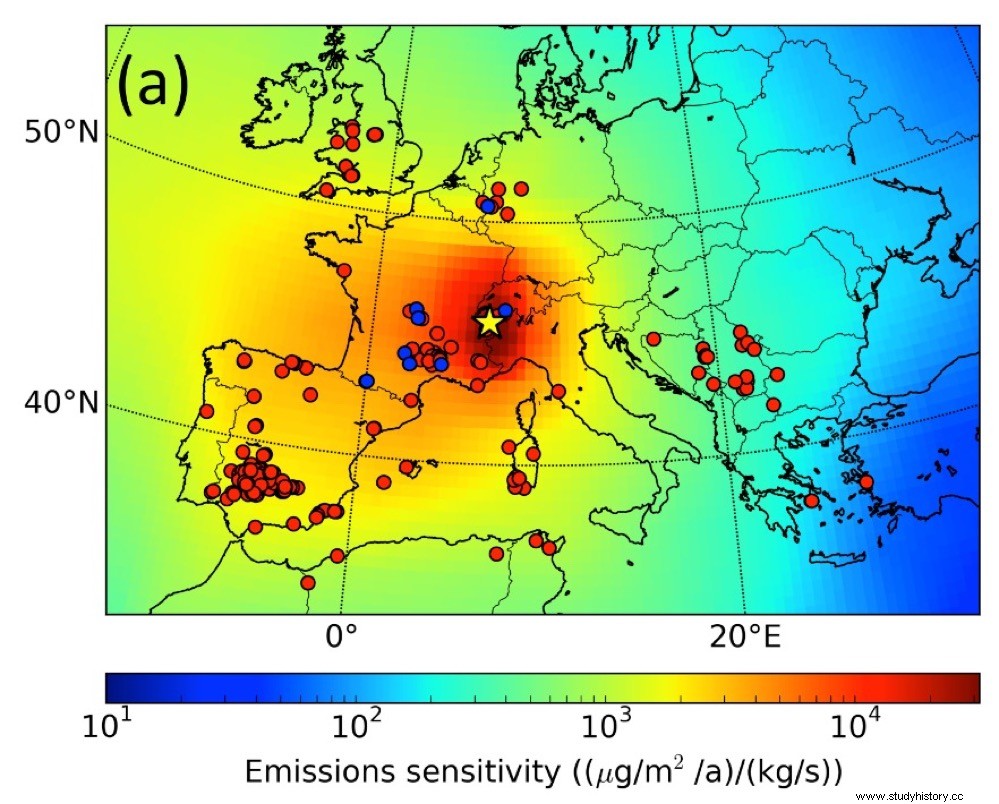A study of the oldest radiocarbon-dated ice sheets on the Col du Dôme glacier, 4,300 meters above sea level in the Mont Blanc massif, provided researchers with a record of atmospheric conditions in Roman times.
The analyzed ice comes from the Ice Memory project , promoted by French and Italian glaciologists to preserve samples of glaciers in danger of disappearing due to climate change.
Their conservation is vital since glaciers store thousands of years old information on climate variations, atmospheric composition, temperature changes and emissions of natural aerosols and pollutants of human origin.

The result was recently published in Geophysical Research Letters by an international team of researchers coordinated by a scientist from the CNRS (National Center for Scientific Research of France). The study reveals significant atmospheric contamination by heavy metals such as lead and antimony, now detected for the first time in alpine ice.
According to the researchers, this contamination is linked to mining activity and the production of lead and silver by the ancient Romans.
In addition, the alpine record coincides with the main periods of prosperity in Roman antiquity, with two peaks in lead emissions:the first during the republican period (between 350 and 100 BC) and the second during the imperial period (between the years 1 and 100). 200 AD).
The Romans mined lead ores (containing silver) to produce lead for plumbing and silver for coins. Silver was extracted from lead by heating the ore to a temperature of around 1,200 degrees Celsius, which released significant amounts of lead into the atmosphere.
Although this was already documented in continental peat records, it is the first time that global data have been obtained at a European level, providing a better understanding of the impact of these ancient emissions on the current environment, and allowing them to be compared with recent use. of leaded gasoline between 1950 and 1985.

While emissions from gasoline caused the natural level of lead in the atmosphere to increase by a factor of 100, the study suggests that during the Roman era they increased by at least a factor of 10, which was already significant.
